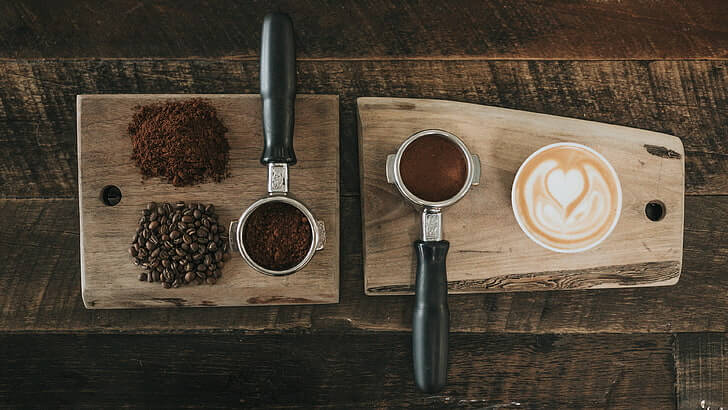The Science of Espresso: Understanding the Perfect Shot
When it comes to making the perfect cup of espresso, there is a lot of science involved. From the grind size to the water temperature, each element plays a crucial role in producing a delicious shot of espresso. In this article, we will delve into the science behind making the perfect espresso shot and provide insights into the key factors that contribute to its quality.
The Importance of Grind Size
The grind size of the Coffee beans is a critical factor in determining the quality of the espresso shot. The grind size affects the surface area of the coffee particles, which in turn influences the rate of extraction. Finer grinds lead to more surface area and faster extraction, while coarser grinds result in less surface area and slower extraction.
When the grind size is too fine, the water will have difficulty passing through the coffee grounds, leading to over-extraction and a bitter taste. Conversely, if the grind size is too coarse, the water will pass through too quickly, resulting in under-extraction and a weak, acidic shot. Finding the right grind size is crucial for producing a balanced and flavorful espresso shot.
Water Temperature and Pressure
The water temperature and pressure are also essential components of making the perfect espresso shot. The water should ideally be heated to around 195-205°F (90-96°C) to properly extract the flavors from the coffee grounds. If the water is too cold, the extraction will be insufficient, resulting in a bland shot. On the other hand, if the water is too hot, it can scorch the coffee and produce a burnt taste.
Additionally, the pressure at which the water is forced through the coffee grounds plays a crucial role in the extraction process. The ideal pressure for an espresso machine is around 9 bars, which ensures a balanced and rich extraction. Too little pressure will result in an under-extracted and weak shot, while too much pressure can lead to over-extraction and a bitter taste.
The Role of Crema
Crema is the golden layer of foam that sits atop a well-made espresso shot and is often considered a hallmark of a high-quality espresso. The crema is formed by the emulsification of oils present in the coffee beans and is an indicator of a proper extraction process.
When the crema is thick, creamy, and rich in color, it signifies that the espresso shot has been properly extracted, resulting in a flavorful and aromatic beverage. However, if the crema is thin and pale, it is a sign of under-extraction, while a dark and bubbly crema indicates over-extraction.
FAQs
What type of coffee beans are best for making espresso?
Espresso blends that consist of a combination of Arabica and Robusta beans are commonly used for making espresso. Arabica beans provide a balanced flavor profile, while Robusta beans contribute to a rich crema and a full-bodied texture.
What is the ideal extraction time for an espresso shot?
The ideal extraction time for an espresso shot is typically between 25-30 seconds. This timeframe allows for the proper extraction of flavors and aromas from the coffee grounds, resulting in a well-balanced and delicious espresso shot.
Can I adjust the grind size for different espresso machines?
Yes, the grind size should be adjusted based on the type of espresso machine being used. Different machines may require finer or coarser grinds to achieve the optimal extraction, so it’s essential to experiment and adjust accordingly.
How can I maintain the quality of my espresso machine?
To maintain the quality of your espresso machine, it is essential to regularly clean and descale the machine to prevent the buildup of residue and limescale. Additionally, using high-quality water and regularly replacing the machine’s filters will help ensure the longevity and performance of the espresso machine.
What is the importance of pre-infusion in espresso extraction?
Pre-infusion is the process of gently wetting the coffee grounds before applying full pressure during the extraction. This helps to release any trapped air in the coffee grounds and ensures a more even extraction, resulting in a smoother and more balanced espresso shot.
As you can see, there is a lot of science and precision involved in making the perfect espresso shot. By understanding the key factors that contribute to the quality of an espresso shot, you can take your home brewing to the next level and enjoy consistently delicious espresso.
“All images and products featured on this Blog.troca.cafe are the property of their respective owners. All rights to these materials are acknowledged and reserved.”
